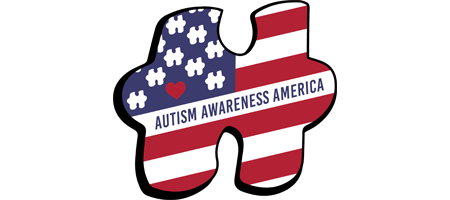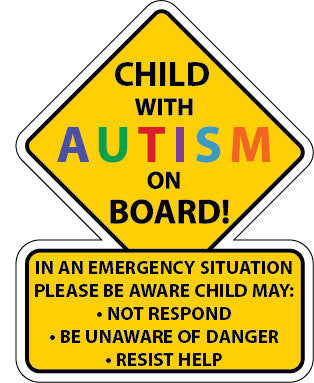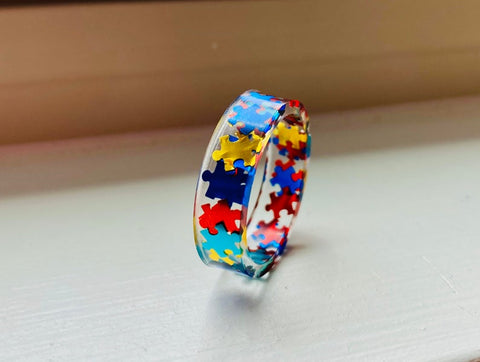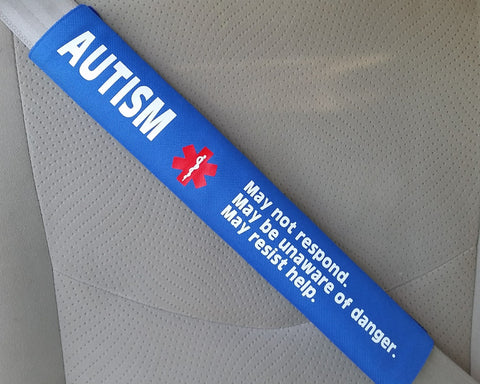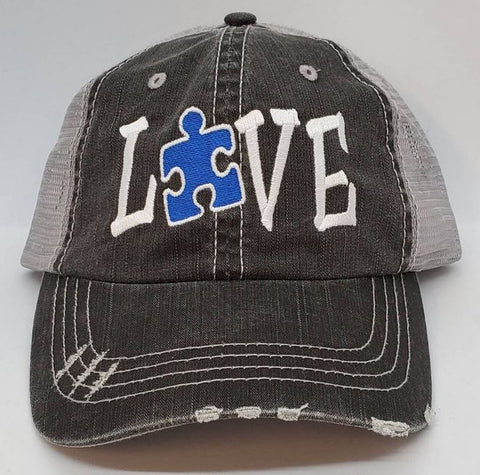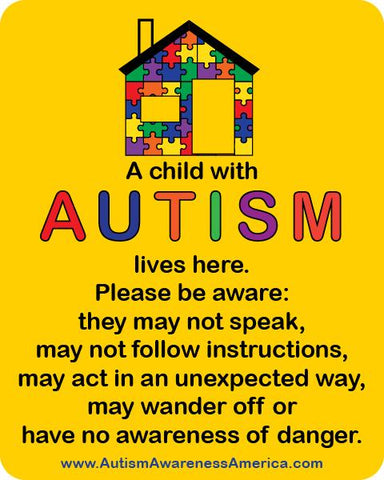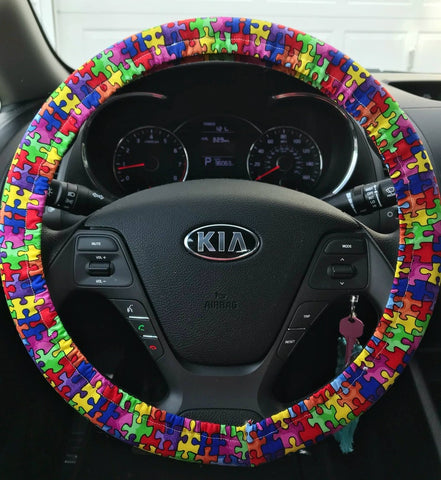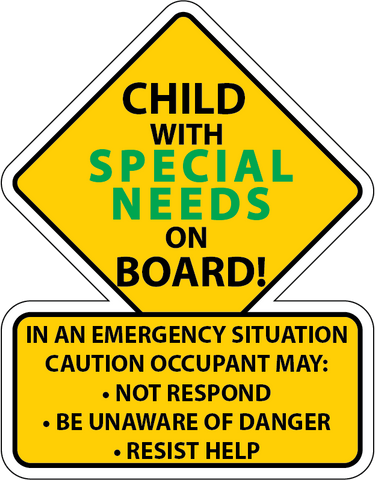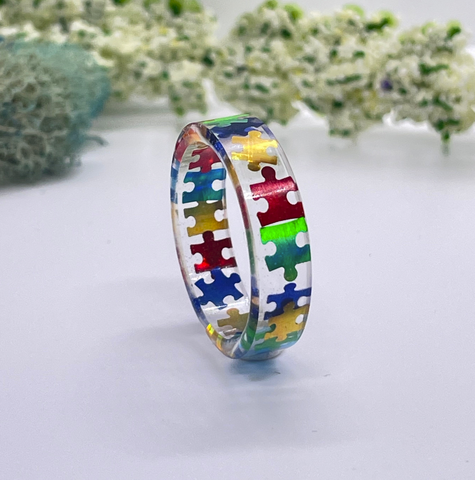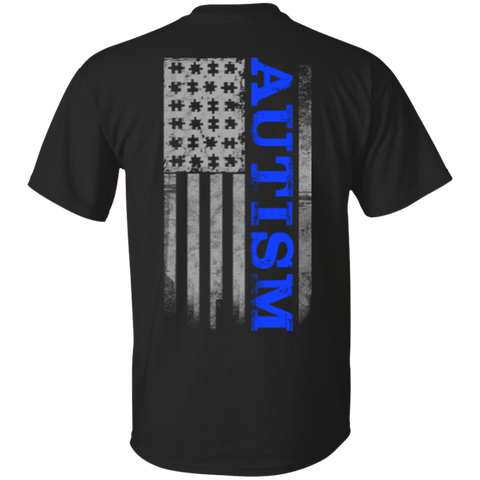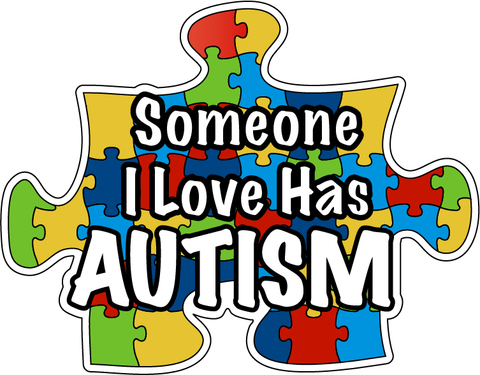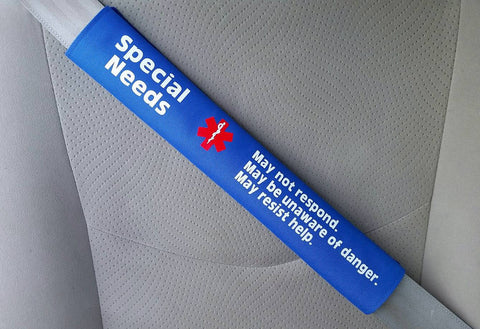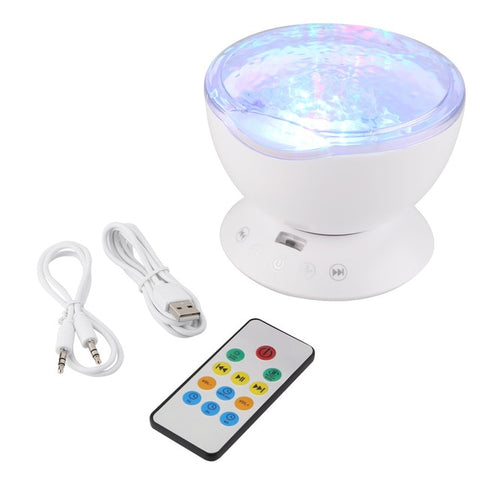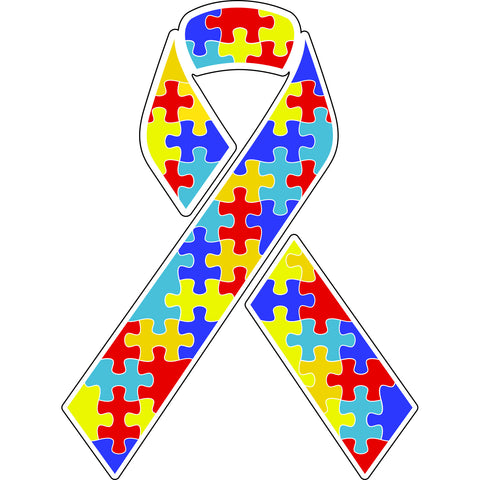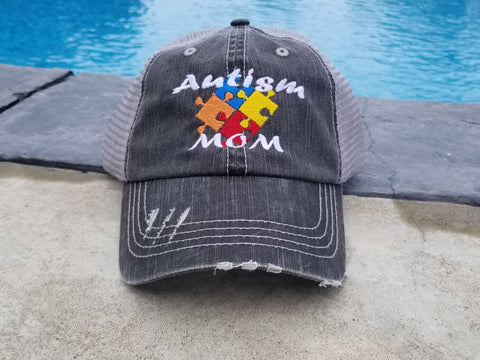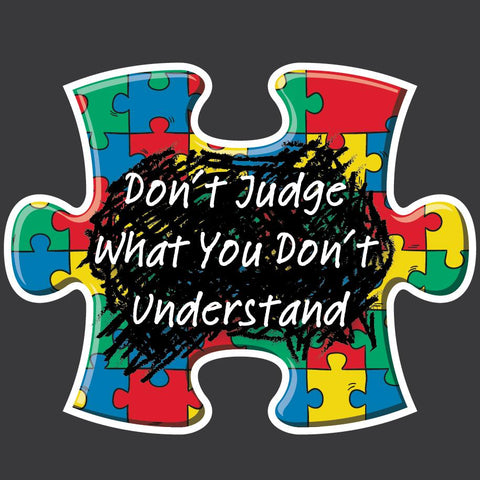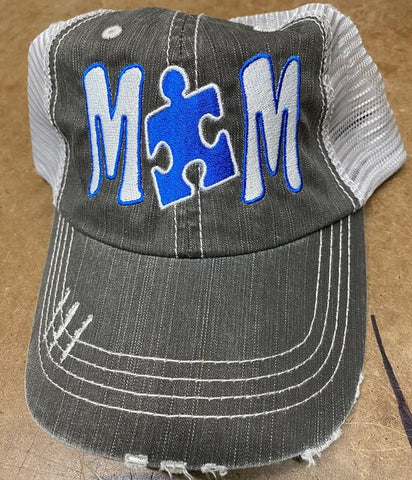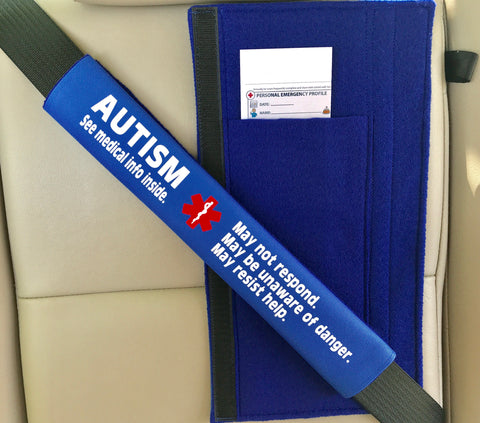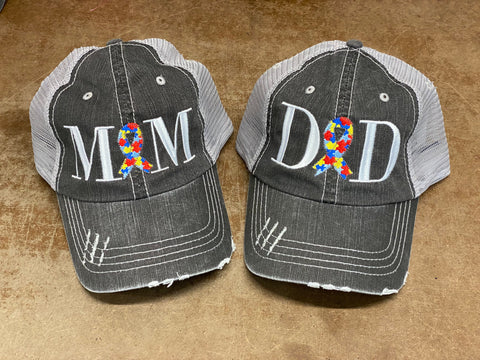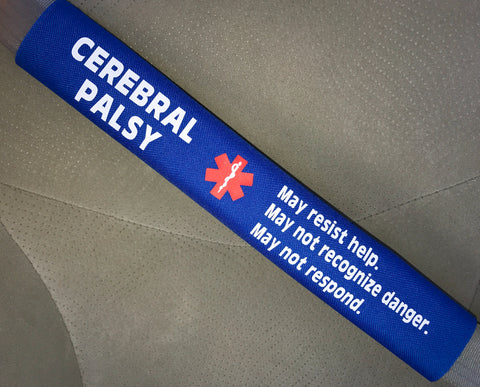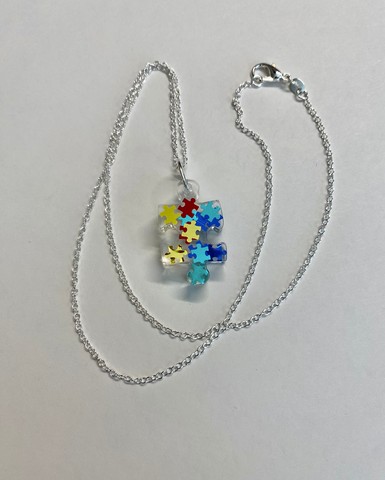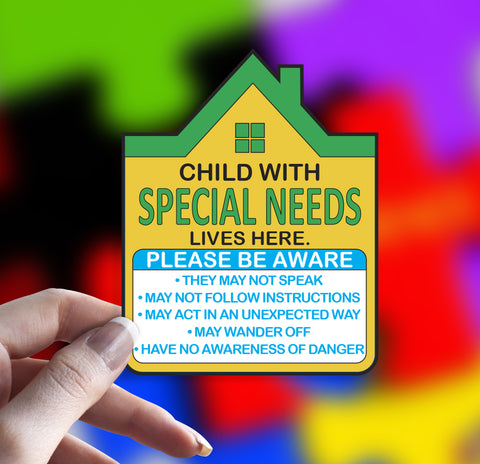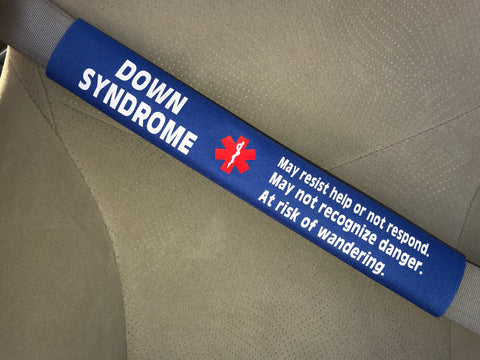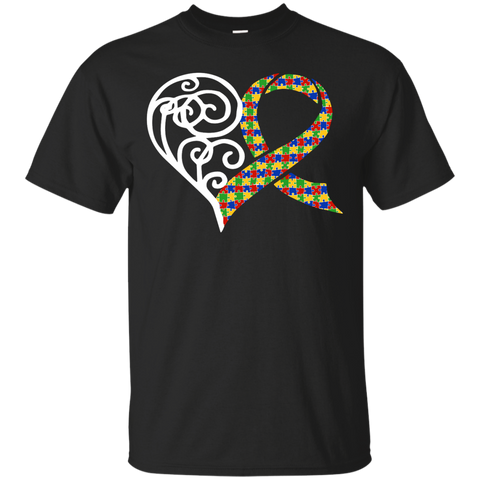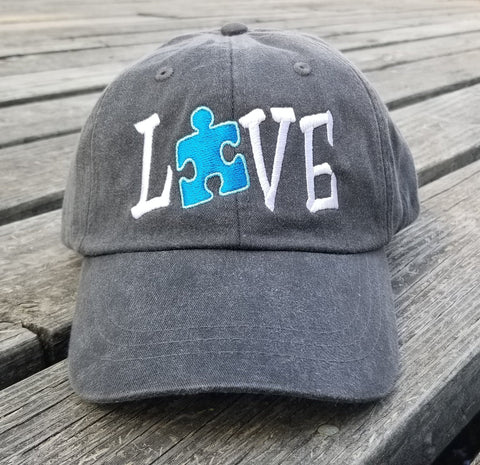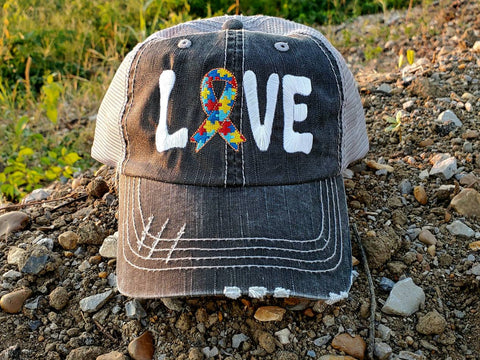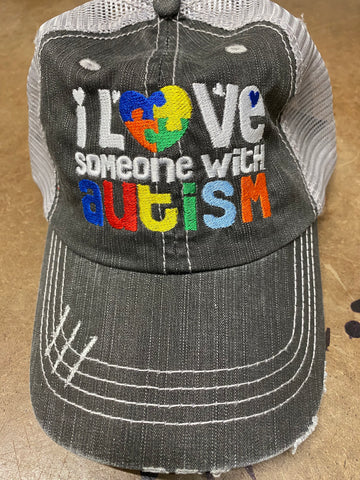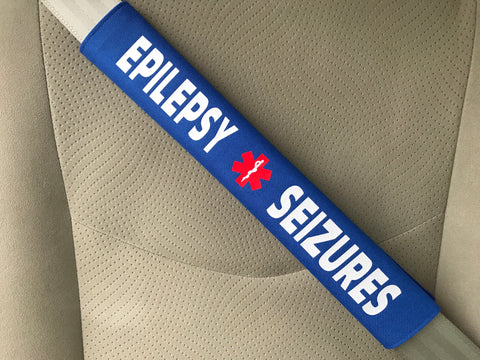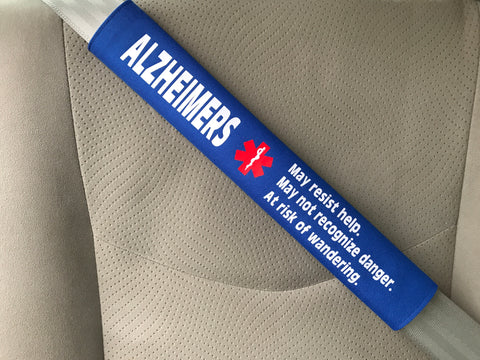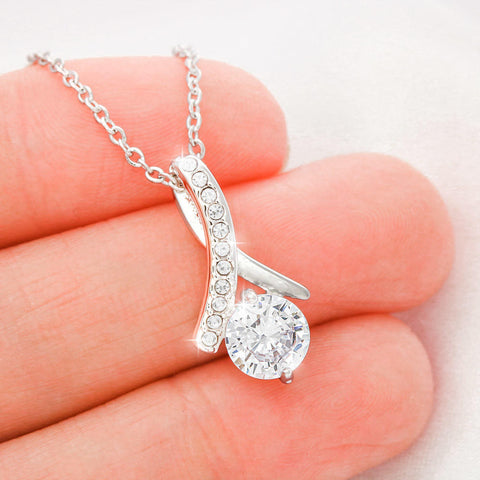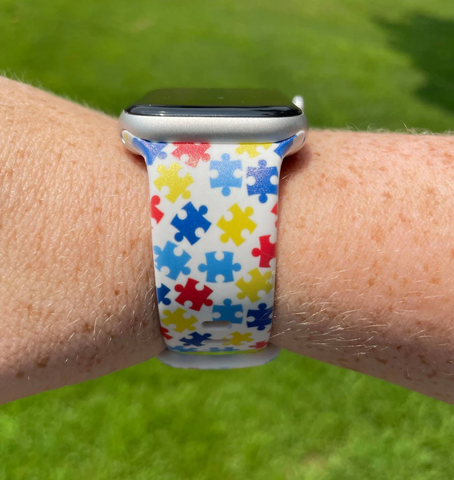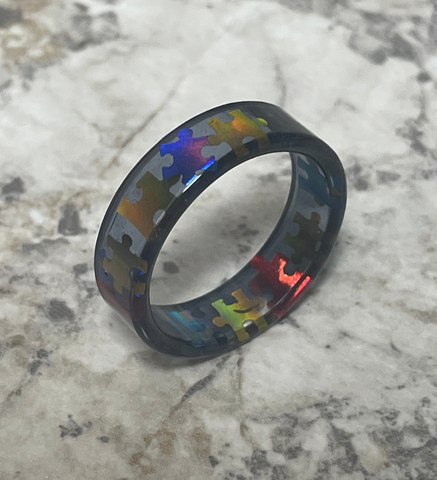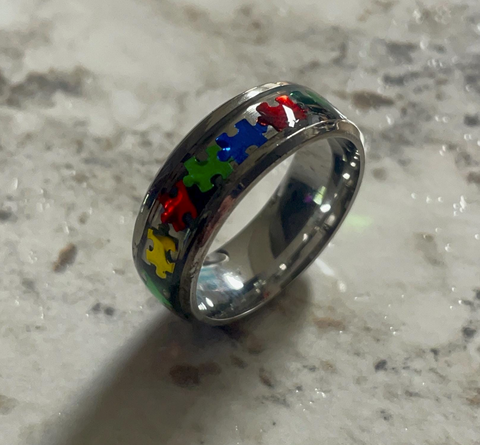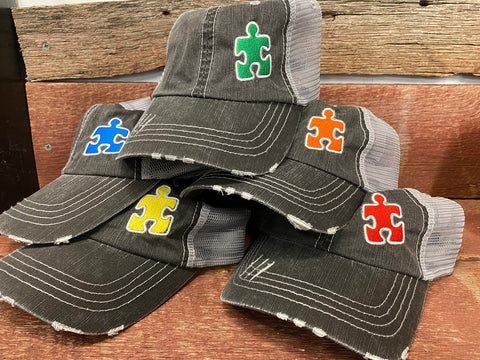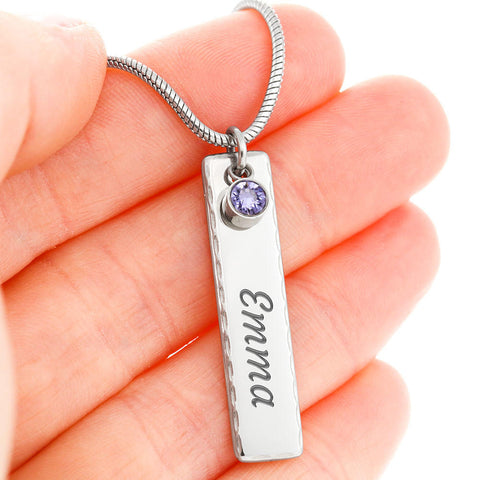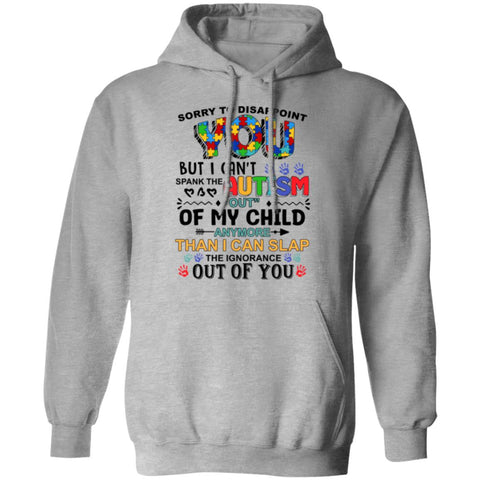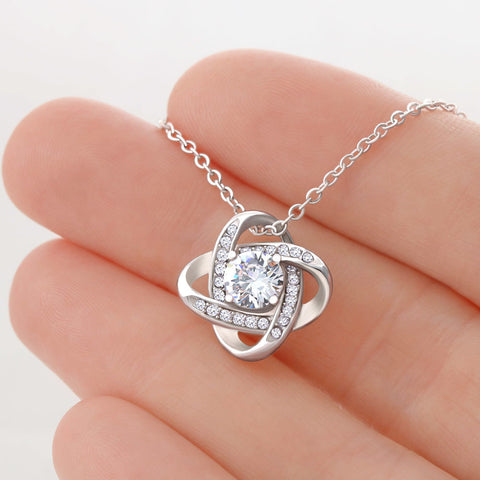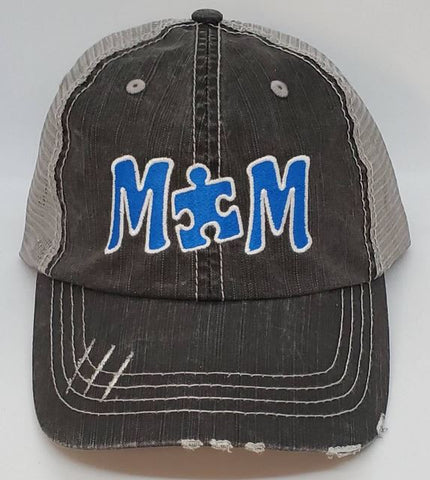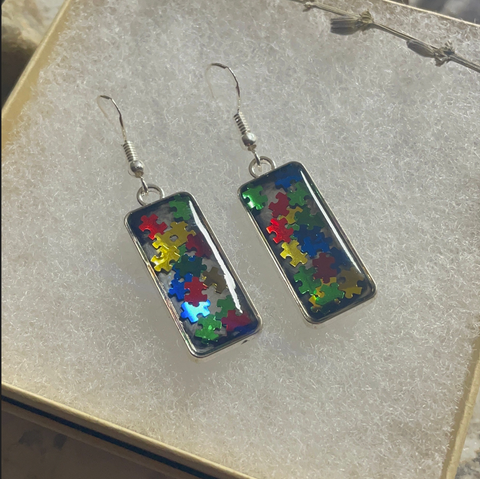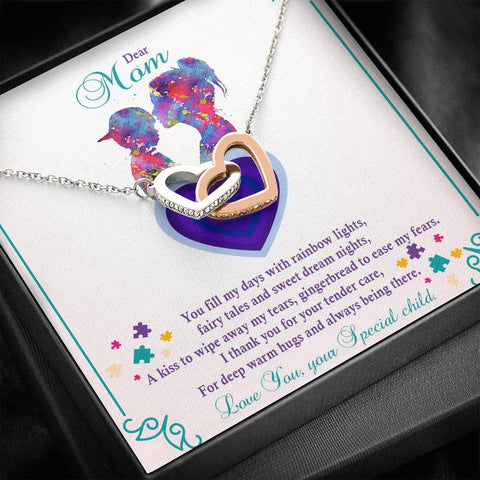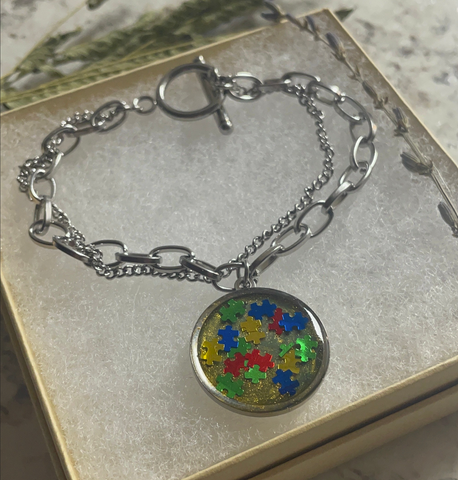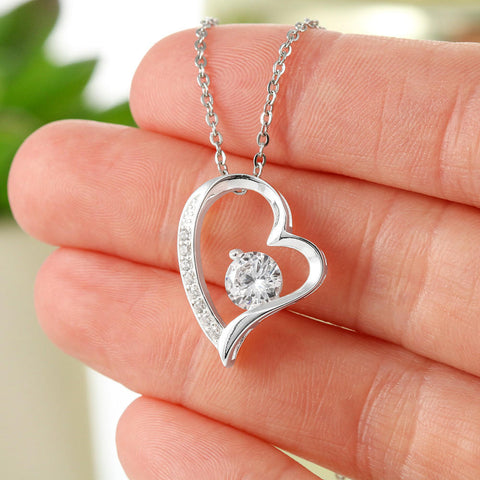A boy with autism, who was often tied to a chair and expected to sleep upright, died after he was given ice cold showers and allegedly put in very cold temperatures in a garden shed.

The boy’s death on August 1, 2016, came after his parents turned to using ties and packing tape to restrain the boy as they “were not coping” with his behavior, a court has heard.
The 11-year-old’s mother is on trial in the Sydney District Court for the manslaughter of her son.

The garden shed where the boy was held. Photo: NSW Police
The court heard that on the night, the boy, dressed in tracksuit pants, a T-shirt and a jumper, was bound to a chair and placed in the shed of the family’s home in central west NSW.
His mother and stepfather had resorted to restraining him in response to his difficulties, which included throwing himself around, not sleeping and soiling himself, Crown prosecutor Peter McGrath, SC, said.
His legs and arms would be taped and “a belt or ratchet type tie” tied around his waist to a chair while his feet, which he had a problem of rubbing together, were sometimes bound to another chair.
There was evidence the boy, whose autism severely compromised his ability to express himself, struggled against the binds and they had to be tightened, Mr McGrath said.

A photograph from the interior of the shed where a young boy was tied to a chair in 2011. Photo: Supplied
On the night of his death, the boy was unsettled, the court heard.
His stepfather picked him up, while still bound in the chair, carried him to the bathroom and put him under a cold shower.

Ratchet ties found inside the shed where the boy was tied up. Photo: NSW Police autism spectrum
The mother told police, in an interview played to the court on Wednesday, that the cold shower had been used in the past to settle the boy down or “snap him out of it”.
The mother, who was in bed on the night, later heard her husband call out “come quick”.

Items inside the shed. Photo: NSW Police autism spectrum
She found him in the shed trying to take the restraints off her son, who was limp and had his tongue hanging out.
The Crown alleges the boy being taken into a cold environment, with wet clothes on his skin and unable to get dry contributed to his hypothermia condition.
He was pronounced dead in the early hours on August 1, 2016.
The reading from the nearest weather station – about 20 kilometres away – showed the temperature dropped to about five degrees that night, Mr McGrath told the trial.
“On the Crown case, it was a very cold night,” he said.
Consistent with his autistic condition, the boy was thin, weighed 52 pounds, and had very little ability to retain heat, Mr McGrath said.
“He couldn’t warm himself,” he said.
“He couldn’t move to put any further clothing on.
“He was at the will and mercy of his mother and her husband, who was also in a position of parental responsibility to the boy.”
The Crown alleges the mother was jointly responsible for placing the boy in the shower as she was aware of it as a method that has been used before.
However, the mother’s barrister Ertunc Ozen said on that night, the mother was in bed as she was going to see a relative the next day and her husband was charged with looking after the boy.
“[She] told police she assumed he would be providing whatever care he needed,” Mr Ozen told the court.
At some point in the evening, the woman told police, her husband came into the room where she was sleeping to tell her that he had wet the child, he said.
“So the defense case is that first [she] is aware of this form of punishment being used in these circumstances is after it occurred,” Mr Ozen said.
The court heard the boy started presenting difficulties for his mother and her husband in 2016.
The mother and stepfather at night started placing him in a sleeping bag with his arms restrained in plastic pipes so he couldn’t hurt himself.
It was expected the boy slept upright in a chair, Mr McGrath said.
The mother had tried to move him around different rooms in the house and from “time to time” he was housed in the shed at night.
He would be tied to a garden chair and a baby monitor was attached to the shed with another in the house.
The mother told police in a recorded interview she had been trying to find a solution to the problem.
“I am always trying to do the right thing,” she told police in 2016.
“We have had to restrain him time and time again with tape so he doesn’t get up and hurt himself. We are trying to prevent him from hurting himself.”
The mother told police the shed was “quite warm”.
However, the Crown submitted the structure had no insulation and although there was a heater, it wasn’t connected.
Source: OnTheSpot247.com
